Cats, those enigmatic creatures, have intrigued humans for centuries with their peculiar behaviors. Among these is their peculiar choice of sleeping spots, which can range from the mundane to the downright bizarre. Understanding why cats sleep in unusual places involves delving into their biology, evolution, and instincts. Let’s explore the intriguing world of feline sleep.
Instinctual Drive for Safety and Security
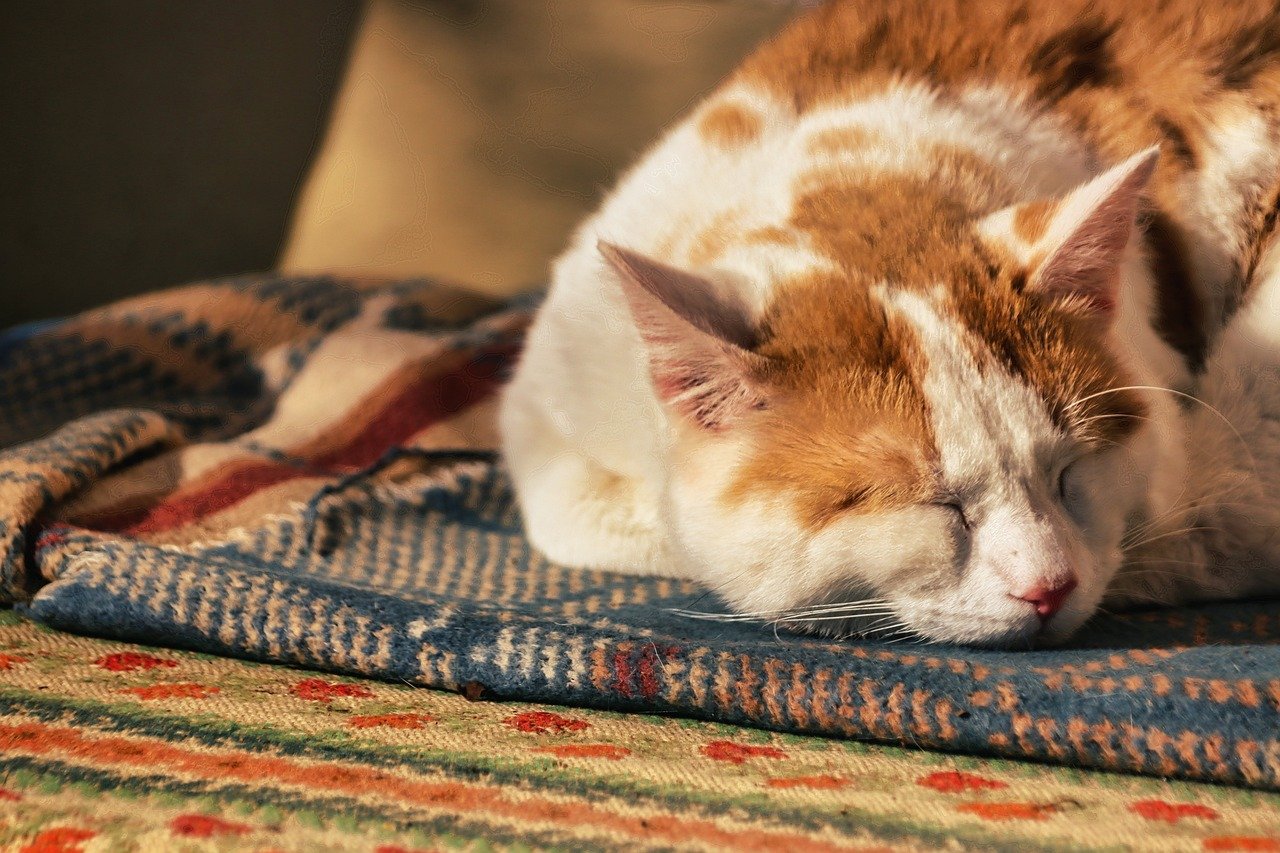
At the heart of a cat’s selection of odd sleeping spots is its instinctual drive for safety. In the wild, securing a safe location away from predators is vital. Although domestic cats face fewer threats, this hereditary instinct persists, leading them to seek out secure, often peculiar hiding spots for rest.
The Lure of Warmth and Comfort
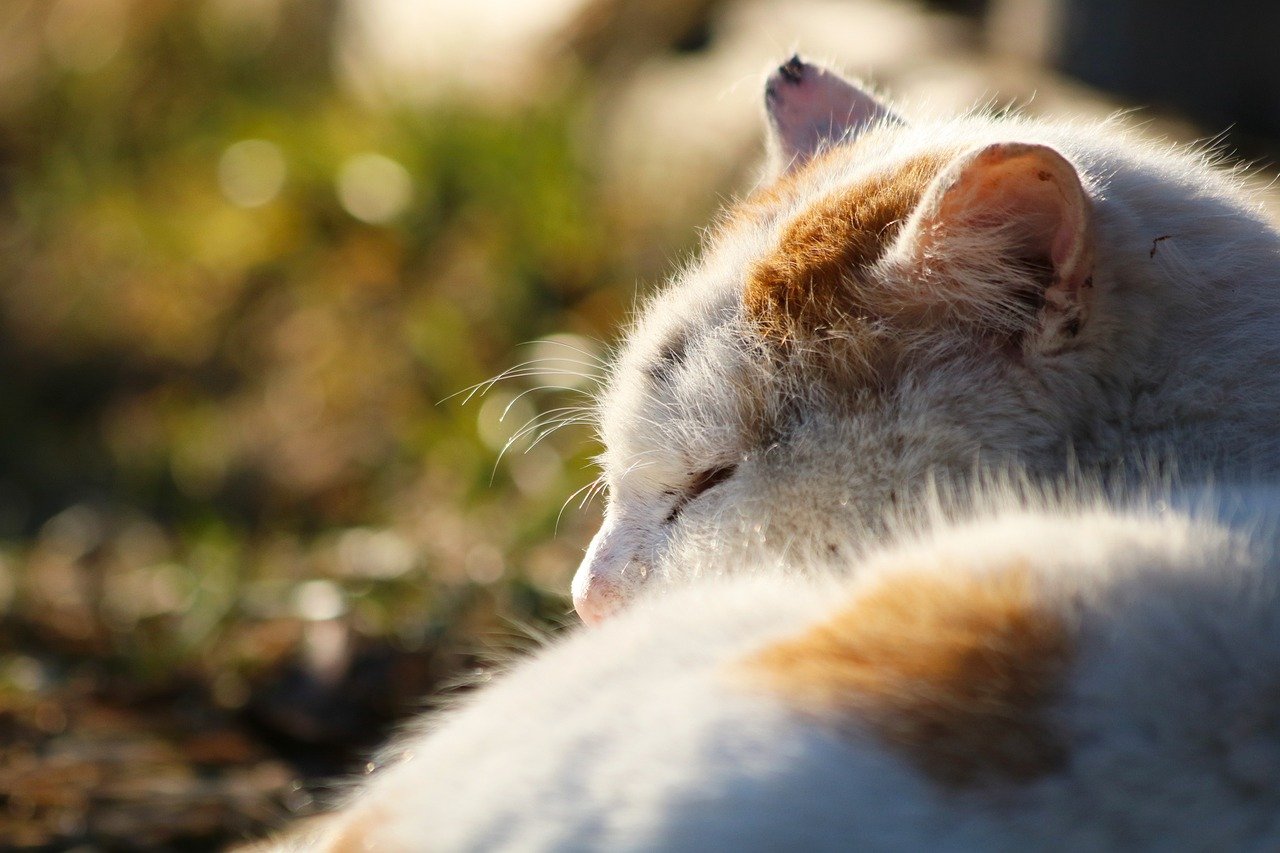
Cats are invariably drawn to warmth. With a body temperature slightly higher than that of humans, they seek out warm spots to conserve energy and maintain their internal thermometer. Whether it’s a sun-drenched windowsill, a laptop, or a cozy pile of laundry, warmth plays a critical role in determining their choice of bed.
Hidden Away: The Essence of Privacy
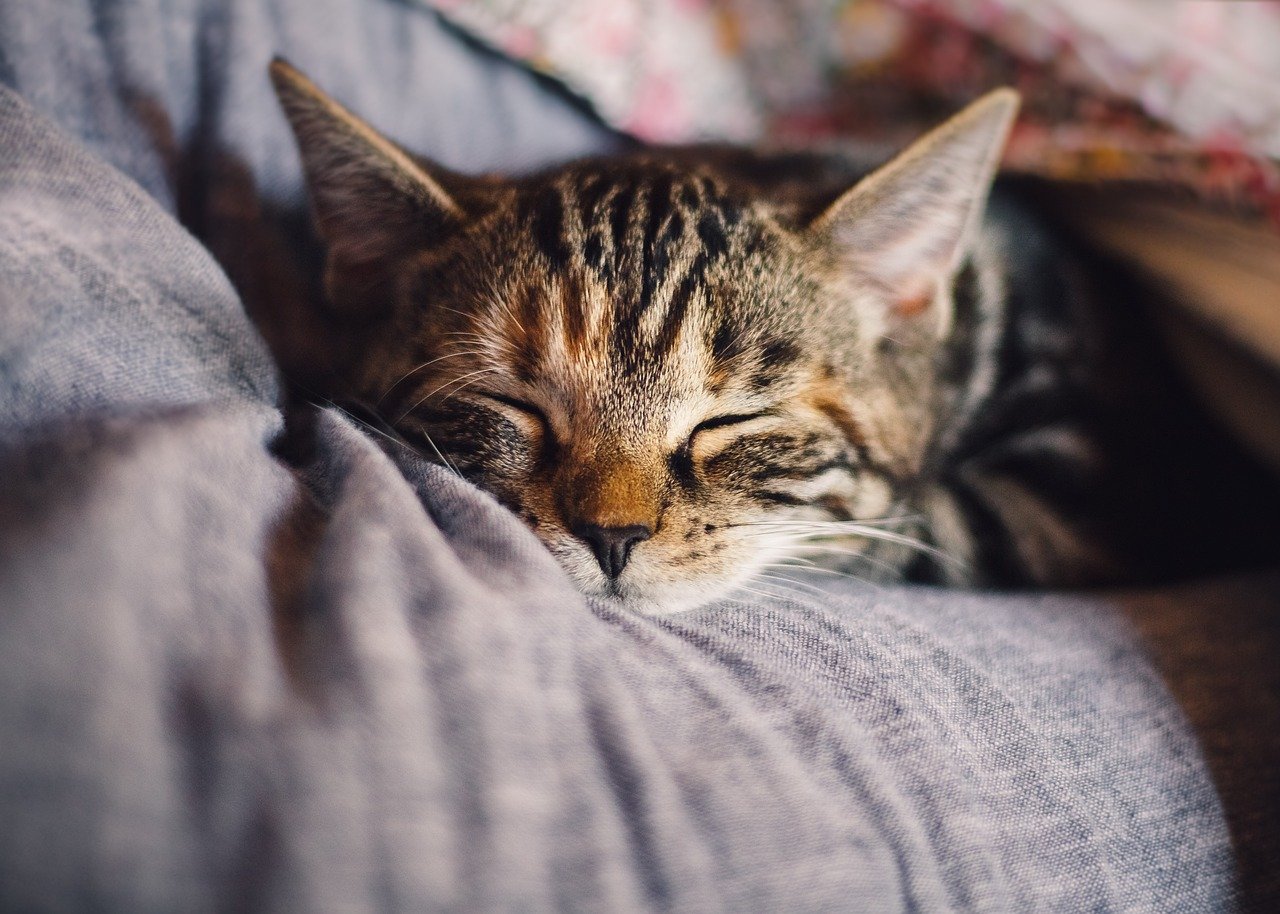
Privacy is another driving force behind cats’ choice of obscure sleeping areas. In the wild, a concealed location reduces vulnerability to predators. Domestic cats retain this need for privacy, often opting for tucked-away corners, boxes, or closets where they can sleep undisturbed.
Height Equals Safety: The Elevated View

High places provide not only a sense of control but also a vantage point from which to monitor their surroundings. This inherent trait explains why cats gravitate towards shelves, bookcases, or the tops of refrigerators. Elevation grants them a feeling of security and the ability to observe their domain.
Unpredictable Nature of Feline Behavior

Much of what cats do can be attributed to their individuality and unpredictable nature. Each cat has its own personality and quirks, which can lead to unique sleeping habits. While some may prefer the reliability of a designated cat bed, others will experiment with varied and unusual locations.
Environmental Explorers by Nature
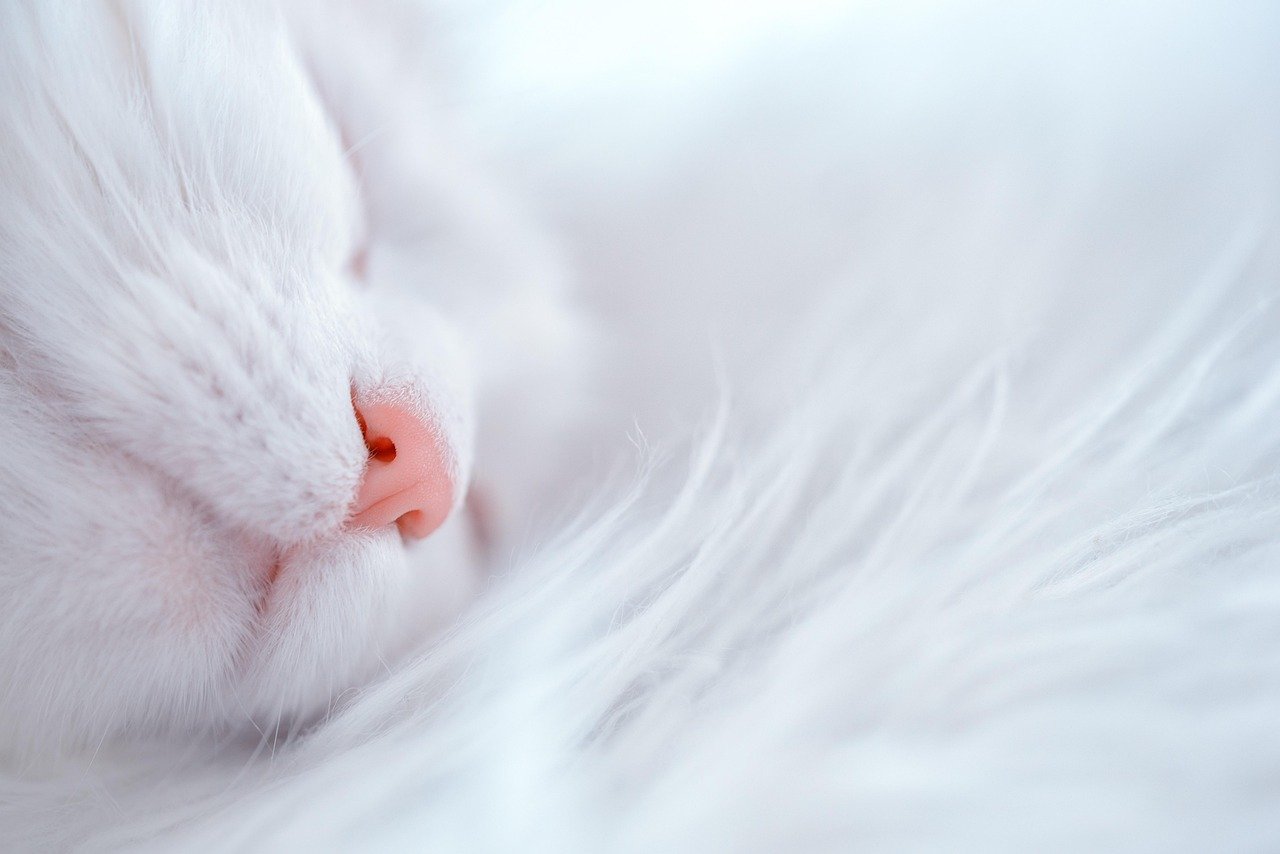
Cats are inherently curious creatures. This curiosity drives them to explore every nook and cranny of their environment. In their explorations, they may discover hidden spots that pique their interest. These new and unexplored places often turn into favorable sleeping areas.
The Importance of Routine and Territory
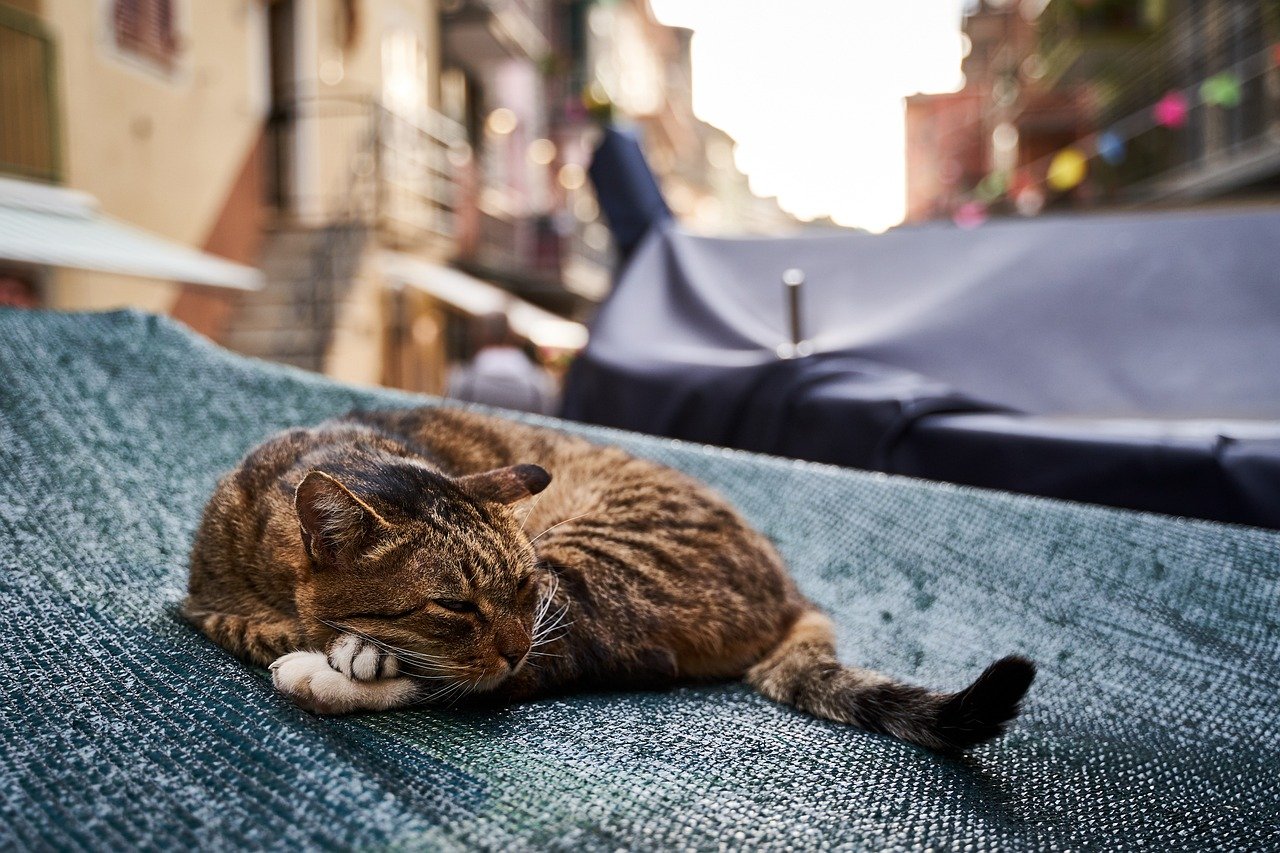
Despite their seemingly random sleeping behavior, cats thrive on routine and established territory. Once they find a cozy and safe spot, it often becomes a reliable part of their routine, contributing to these habitual yet unusual sleeping choices.
Sensory Stimulation and Familiar Scents
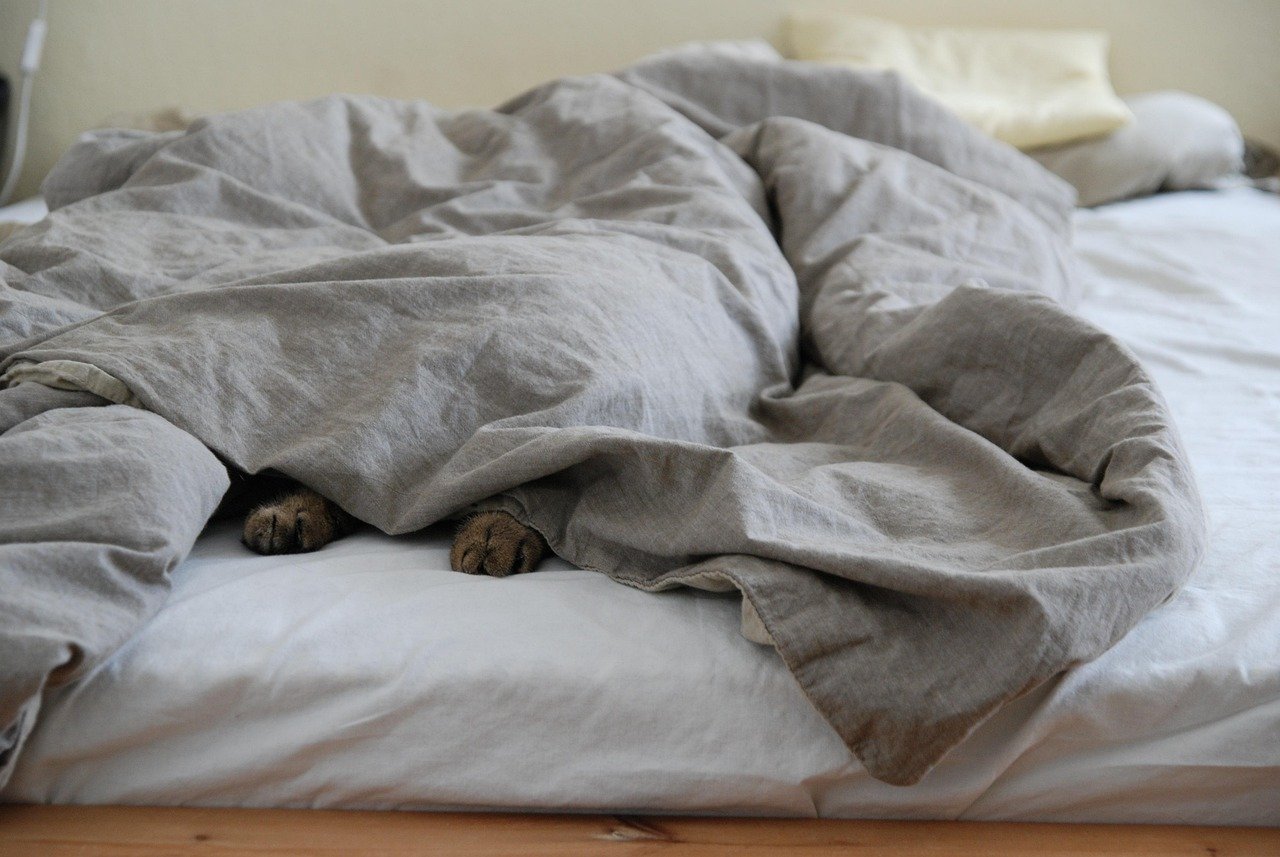
Cats have a highly developed sense of smell and feel comforted by familiar scents. Items with their owner’s scent, like clothing or blankets, can provide comfort and security, leading them to use these items as sleeping places, regardless of how unconventional they appear to us.
Stress Relief and Coping Mechanisms
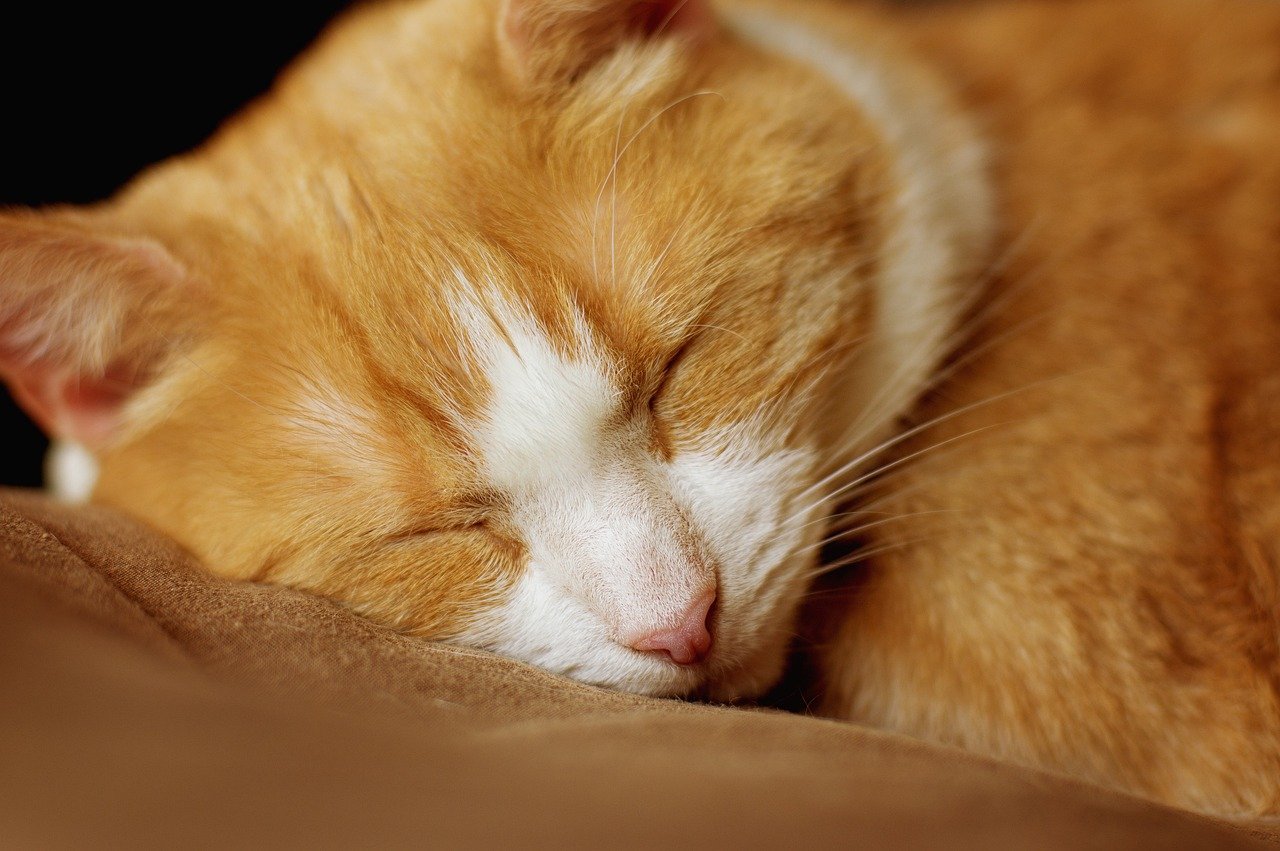
Stress or changes in their environment can influence a cat’s sleeping habits. In times of stress, a cat might seek out new sleeping areas to cope. These alternative places provide solace and a sense of security when their routine is disrupted.
Adaptive Evolution from a Long Lineage
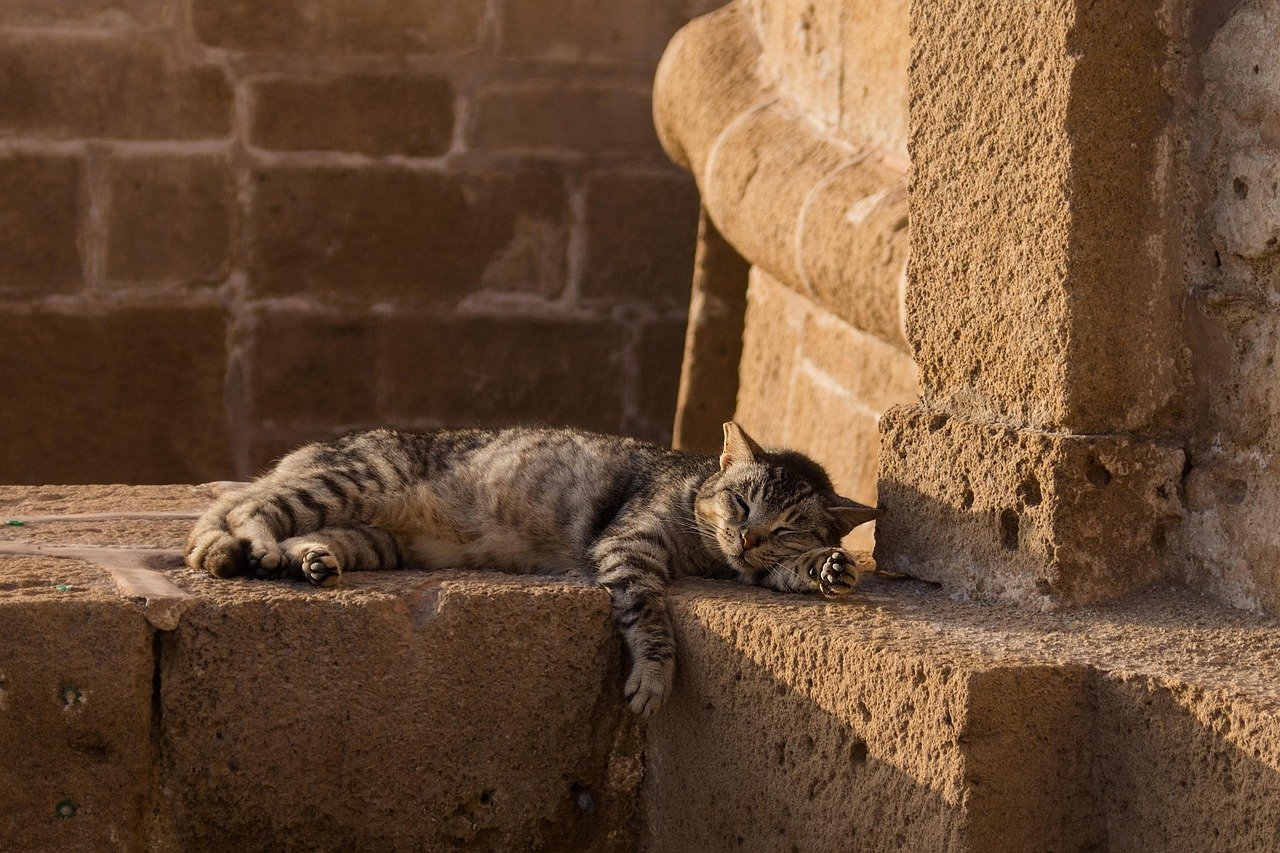
Cats have a long evolutionary history of being both predators and prey. Their choice of unusual resting places is essentially an adaptive trait, honed over millennia. This ensures that they remain flexible, alert, and prepared to handle various environmental challenges.
In conclusion, a cat’s choice of sleeping spot can tell us a great deal about its instincts, personality, and environment. While some sleeping habits might remain mysteries, their desire for safety, warmth, and security is genuinely predictable, reaffirming the complex nature of these enchanting animals.
Hi, I’m Bola, a passionate writer and creative strategist with a knack for crafting compelling content that educates, inspires, and connects. Over the years, I’ve honed my skills across various writing fields, including content creation, copywriting, online course development, and video scriptwriting.
When I’m not at my desk, you’ll find me exploring new ideas, reading books, or brainstorming creative ways to solve challenges. I believe that words have the power to transform, and I’m here to help you leverage that power for success.
Thanks for stopping by, Keep coming to this website to checkout new articles form me. You’d always love it!






